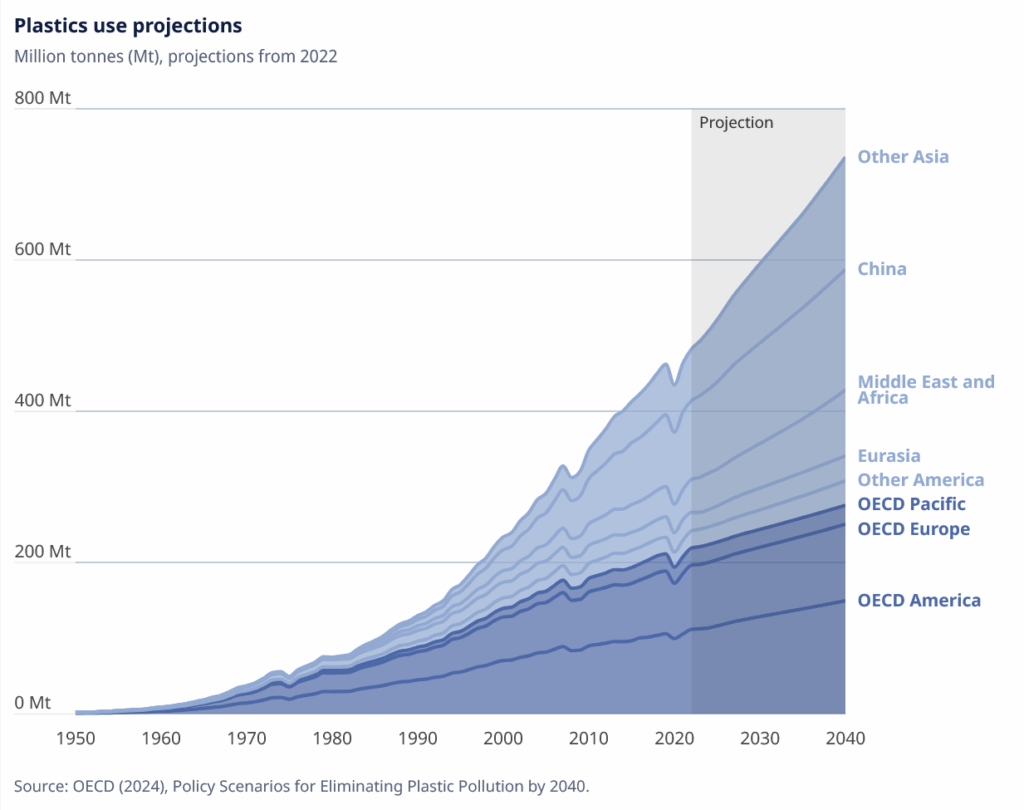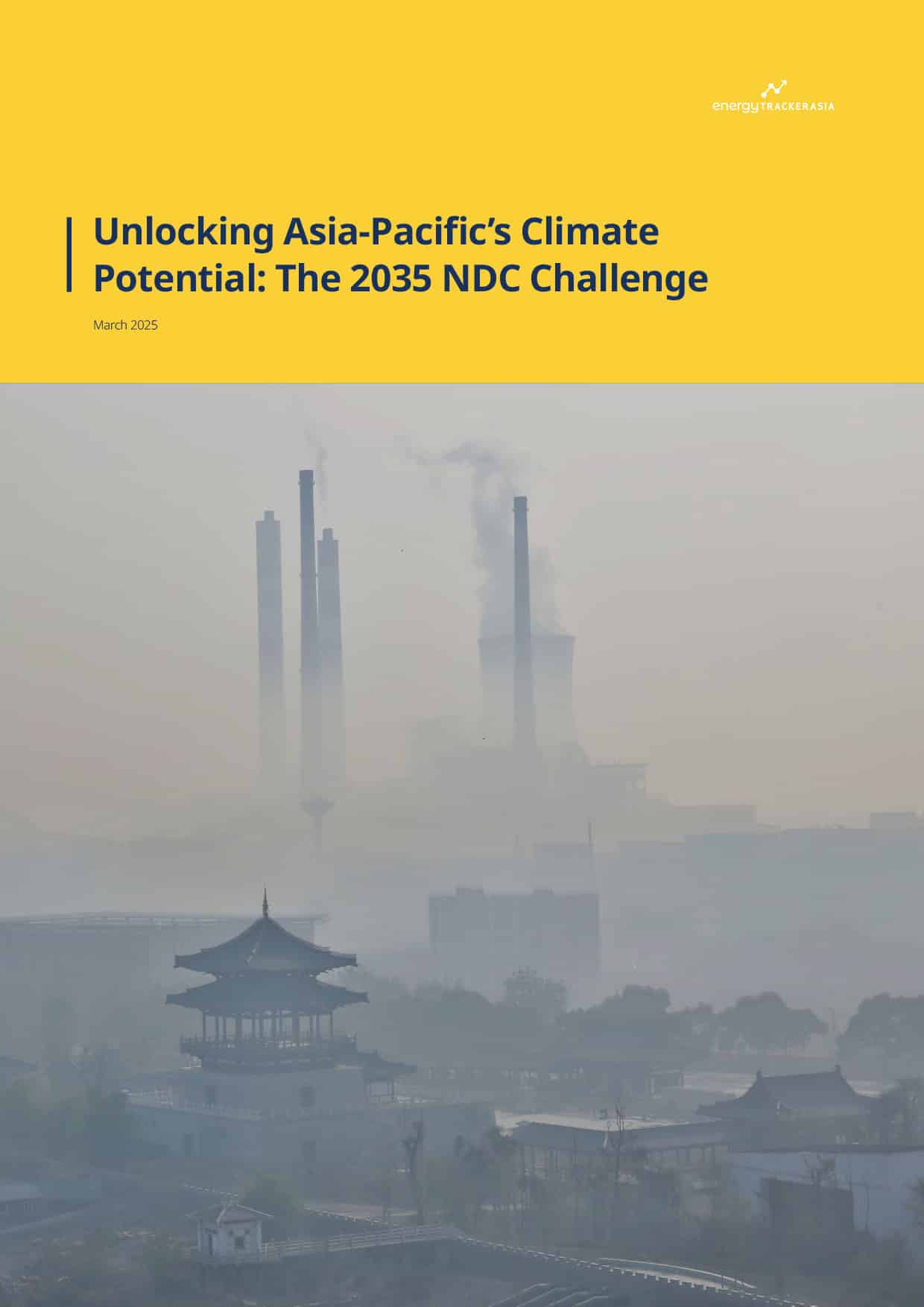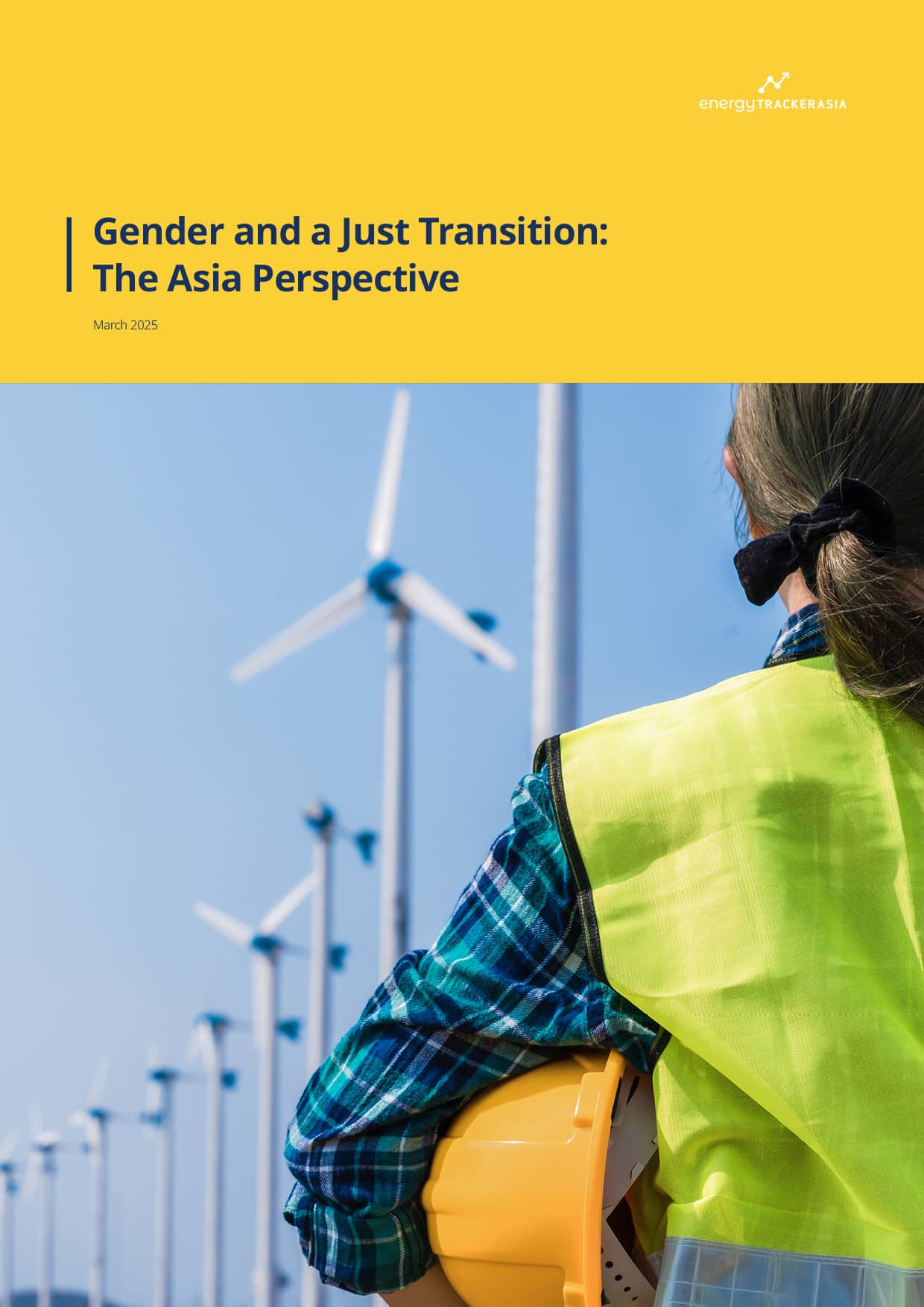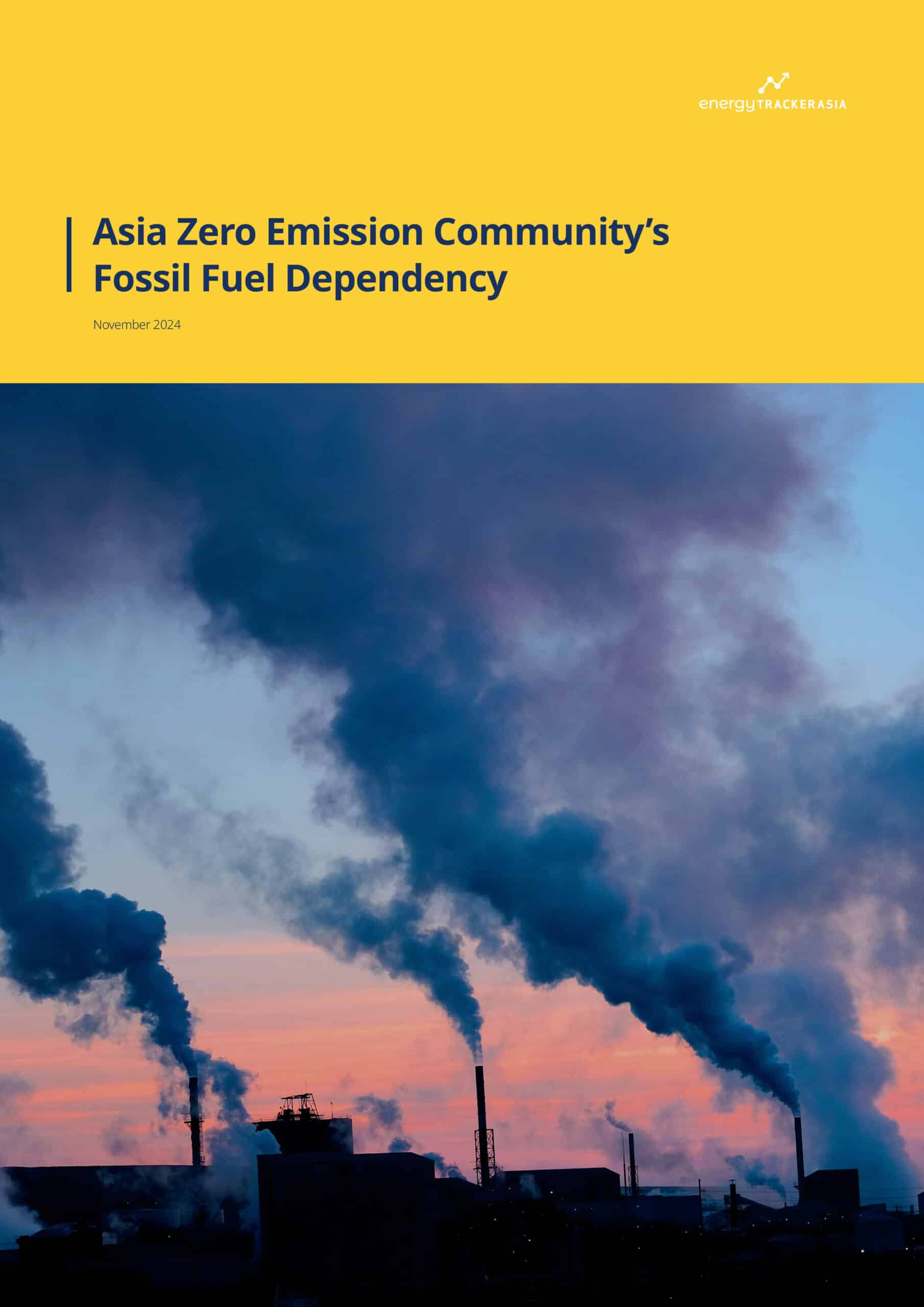Why Global Plastics Treaty Talks Failed?
26 August 2025 – by Viktor Tachev
The failure of the Intergovernmental Negotiating Committee meeting (INC-5.2) in Geneva for the launch of the Global Plastics Treaty is yet another example of how a handful of petrostates can hold the world hostage in tackling one of the most pressing environmental crises in history. The process is now in limbo, with no certainty when another set of talks will take place. In the meantime, plastic production continues to reach record highs, further exacerbating its environmental, health and climate impacts.
The Global Plastics Treaty Meeting in Geneva Ends Without Consensus, Future Meeting Dates Unclear
After 10 days of talks that concluded on Aug. 15 in Geneva, Switzerland, delegates once again failed to reach an agreement and finalise the world’s first plastic pollution treaty. The INC-5.2 summit, which marked the sixth round of discussions on the matter, took place at the UN’s headquarters, with attendees from over 180 countries.
The event clearly illustrated the division lines between the two camps, which first became evident during the meeting in Busan, South Korea, in December 2024, where the Global Plastics Treaty talks were initially scheduled for conclusion. The High Ambition Coalition of over 100 nations that called for legally binding caps on plastic production and tackling toxic chemicals in plastics were on one side. On the other side were major oil and gas producers like the US, Russia, Kuwait and Saudi Arabia, which opposed those measures and tried to turn the focus from tackling production at source to recycling, reuse and redesign. While recycling is of critical importance, just 10% of the plastic in circulation is currently recycled, and scientists warn that even in the highly unlikely scenario of doubling or tripling the current recycling rates, the process itself still won’t be able to compensate for the increasing production.
No Agreement to Reduce Plastic Production at Geneva Talks
The chair of the INC-5.2 negotiating committee, Luis Vayas Valdivieso, prepared two drafts of treaty text based on the views expressed by the nations. The latest one didn’t even call for reducing plastic production and instead recognised that current production and consumption levels were “unsustainable” and global action was needed, including nations taking an individual approach to plastics design, the use of dangerous chemicals and recycling practices. Understandably, the High Ambition Coalition opposed it, but so did petrostates, which suggested it had taken other countries’ views more into account. As a result, delegates failed to agree on either text to serve as the basis for their negotiations.
Furthermore, while observers, including young attendees, Indigenous peoples and waste collection representatives, were supposed to speak at the end of the plenary session, after over two hours of statements from national delegations, only one from the Youth Plastic Action Network, managed to speak. However, US and Kuwait delegates asked to cut them to finish in order to wrap up the meeting.
NGOs, scientists, environmentalists and market experts described the Geneva meeting as “deeply disappointing” and “a blow to multilateralism”. According to reports in The Guardian, the delegations of countries from the High Ambition Coalition, including the UK, EU nations, small-island states and others, expressed disappointment and anger over the meeting’s outcome.
However, in the lead-up to the Geneva meeting, the signs that an ambitious outcome wasn’t possible were evident, following the developments during the INC-5.1 in Busan and the UN’s Oceans Conference in Nice in June. During the latter, 96 countries signed the “Nice wake-up call for an ambitious plastics treaty”, which calls for including production and consumption into the full lifecycle of plastics, as well as phasing out a defined list of the most problematic plastic products and the hazardous chemicals they contain, improving the design of plastic products and introducing new financial mechanisms based on the “polluter-pays” principle. However, major plastics producers, including China, India, Japan, South Korea, Saudi Arabia and the US, didn’t sign the statement — a clear indication that nations with vested interests wouldn’t be interested in accelerating progress on the Global Plastic Treaty.
Plastic Pollution an Ever-worsening Crisis With Significant Human Health, Environmental and Climate Impacts
Between the 1950s and 2022, when countries launched the Global Plastics Treaty talks, plastic production had risen from 2 million to 475 million tonnes annually, with around half being single-use. Without action and policy changes, the OECD estimates that plastic production could grow by about 70% by 2040.
To date, we have produced over 8 billion tonnes of plastic, with just 9% recycled. In South Asia, one of the top plastic pollution hotspots, the rate is just 5% for recycling. According to a study by scientists from the University of Leeds, six of the top 10 global plastic pollution hotspots are in Asia.
Plastic Waste Can Take Up To 500 Years to Decompose
Some plastic waste can take up to 500 years to decompose, and even then, it never truly disappears. Instead, it breaks down into microplastics” Today, plastic waste and microplastics are everywhere — from the deepest ocean trench to the clouds, in the Antarctic snow and even in our brains.
The implications of the exponential boom in plastic production and use, as well as the inefficient afterlife handling and disposal, have presented the world with a global environmental crisis that also has severe implications on health and the climate.
According to Ocean Cleanup, a nonprofit organisation that aims to clean up 90% of floating ocean plastic pollution by 2040, over 1 million tonnes enter the ocean annually. The UNEP estimates that up to 199 million tonnes of plastic floats in our oceans. Without an urgent shift to more responsible plastics production, use and disposal practices, plastic waste entering aquatic ecosystems could nearly triple to a projected 23-37 million tonnes per year by 2040. However, researchers note that immediate action, including reduction, recycling and plastic substitution, can reduce that by over 80% in the next 20 years.
Aside from the environment, microplastics also enter the human body. In fact, some estimate that over a lifetime, a person consumes around 20 kg of microplastics, or the equivalent of a plastic credit card per week. Once inhaled or absorbed, microplastics accumulate in organs, including the brain, lungs, liver, spleen, kidneys, gut and even the placentas of newborn babies. In laboratory tests, microplastics have damaged human cells, causing allergic reactions and cell death. Early research also reveals that they can help disease spread, alter blood chemistry and affect memory.
Researchers have identified around 2,400 potentially toxic chemicals that comprise microplastics. Scientists warn that, when burned, plastics can also cause neurodevelopmental, reproductive and congenital disabilities and much wider environmental pollution dispersion.
Plastic pollution also has an indirect impact on human health in countries with poor solid waste management systems, including much of Asia. According to the UNEP, the garbage spots over urban and suburban areas and water bodies serve as breeding grounds for mosquitoes and pests, increasing the transmission of vector-borne diseases, such as malaria.
Regarding wildlife, studies estimate that plastics kill millions of animals, mainly due to entanglement, starvation or pierced organs. Scientists project that by mid-century, all seabird species will be eating plastics.
Last but not least, plastic pollution exacerbates climate change, as 98% of single-use plastic is produced from fossil fuels. In total, plastic production contributes 3.4% of GHG emissions, which is comparable to the emissions of the entire aviation industry. Together, the production, use and disposal of plastics are responsible for around 5% of global emissions. According to reports, by 2030, plastic alone could generate more carbon emissions than coal. If the world maintains its current trajectory, plastics will be responsible for 20% of all oil consumption by 2050. According to a Berkeley Lab study, under a conservative growth scenario (2.5% per year), GHG emissions from primary plastic production would more than double by 2050, accounting for 21-26% of the remaining global carbon budget to keep average temperature increases below 1.5°C. This would significantly negate the impact of reducing fossil fuel use in other sectors, such as transportation and energy.
Furthermore, the open burning of plastic, an increasingly popular practice across pollution hotspots globally, releases both chemicals that harm ecosystems and human health and black carbon, a pollutant with a 5,000 times greater global warming potential than CO2. Incineration also emits greenhouse gases like CO2 and methane. Furthermore, research reveals that microplastics can disturb the ability of marine organisms, such as plankton, to transform CO2 into oxygen, a crucial process since around half of the oxygen on Earth comes from the ocean.
While plastic consumption is on course to increase everywhere, according to projections by the OECD, the biggest growth will be in Asia, with emerging economies likely to see some of the fastest-growing rates in plastic use. Scientists predict that China will see the largest consumption by 2050 (235 million tonnes per year in 2050), while the fastest growth rate of plastic use will be in India.

All these problems are well-known. According to thе WWF, 85% of people support a ban on single-use plastics, 90% back a ban on the hazardous chemicals used in plastics and 87% agree on the need for reducing global plastic production. Still, similar to the climate crisis, a handful of petrostates and petrochemical-producing companies hold the world hostage, blocking any efforts to accelerate the move away from plastics, as they see it as vital to their economies and bottom lines. As a result, they have so far successfully managed to block efforts to tackle production and instead have shifted the focus to end-of-life treatment.
It’s Crucial to Redesign Global Plastics Treaty Process to End Plastic Pollution
The Global Plastics Treaty committee has said negotiations will continue at a future date, but there is deep uncertainty about when and under what format those will take place.
The process launched in 2022 when countries agreed to negotiate a legally-binding plastics treaty for tackling the full lifecycle of plastic — from production to afterlife. However, three years later, the world is no closer to effectively addressing the crisis. Officials note that while the process won’t stop, it remains unclear how long it will take to get a treaty now.
The past two meetings followed the same storyline, including ambitious proposals by the majority and active opposition by a handful of petrostates, ultimately derailing any tangible progress. This was possible since the process requires every nation to agree on a proposal for it to be included in the treaty.
As a result, the only viable progress going forward might be proceeding without the nations with vested interests to continue scaling up plastic production, or, as some delegates referred to, “the dedicated obstructionists” of the process.
Equally important would be for China, the world’s biggest plastic producer, to demonstrate more ambition and lead the world toward a future with less plastic. The country’s diverse economy and proven leadership in addressing global problems make it the most crucial determinant for reducing plastic production, increasing recycling rates and addressing pollution. During the Geneva meeting, China’s delegation described the fight against plastic pollution as a “long marathon” and the failure of the talks as a “temporary setback,” urging countries to work together to offer future generations a planet without plastic pollution. Furthermore, recently, the Chinese government agreed with the EU to “cooperate on achieving an ambitious and balanced international treaty on plastic pollution”.
However, without a change in the format and approach, even with China on board, any new rounds of talks would mean delegates are wasting time repeating the same process and expecting a different outcome.
“While the negotiations will continue, they will fail if the process does not change. When a process is broken, as this one is, it is essential for countries to identify the necessary solutions to fix it and then do it,” said the Center for International Environmental Law’s environmental health program director and Head of delegation, David Azoulay, in a statement released after the meeting. “We need a restart, not a repeat performance. Countries that want a treaty must now leave this process and form a treaty of the willing. And that process must include options for voting that deny the tyranny of consensus we have watched play out here.”
In the end, pursuing a consensus is worth it only if it helps move the process forward, not if it continuously derails it. Since the petrosates’ agenda won’t change overnight, it is imperative to prioritise addressing plastic production at source. Otherwise, the world, and mostly frontline communities and Indigenous people in countries that have had a minimal contribution to the pollution crisis, will continue to choke on plastic waste.
by Viktor Tachev
Viktor has years of experience in financial markets and energy finance, working as a marketing consultant and content creator for leading institutions, NGOs, and tech startups. He is a regular contributor to knowledge hubs and magazines, tackling the latest trends in sustainability and green energy.
Read more


